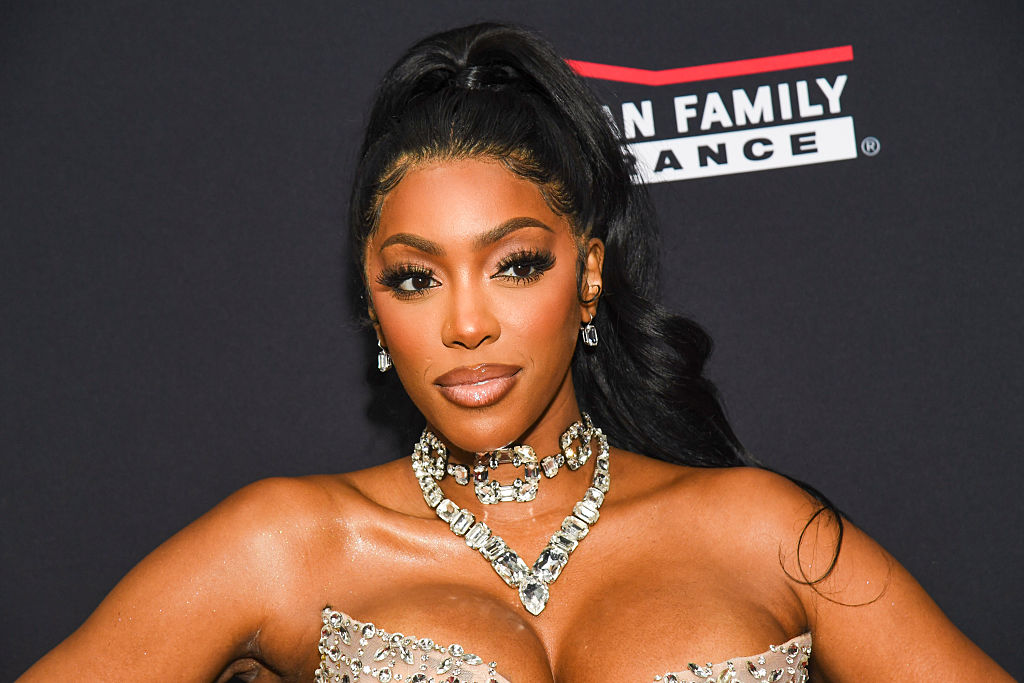Thanks to an exciting game that went into overtime, roller king Usher and the power of Taylor Swift — the 2024 Super Bowl set a ratings record.
The Kansas City Chiefs’ 25-22 victory over the San Francisco 49ers averaged 123.7 million viewers across all CBS platforms, according to Nielsen, making it the most-watched Super Bowl of all time. It’s also now the most-watched program in TV history.
Also, the CBS broadcast had 120.3 million viewers, the largest audience in history for one network. The other 3.5 million viewers came from those who watched it on other platforms, including CBS Television Network, Paramount+, Nickelodeon, Univision, CBS Sports, as well as Univision and NFL digital properties (like NFL+). A total of 202.4 million viewers watched “all or part” (at least six minutes) of the game, which is roughly 60% of the U.S. population. It was up 10% over last year’s Super Bowl, which previously held the record for most most-watched program in TV history.
How does that compare to the TV record books?
This Super Bowl is the most-watched U.S. TV broadcast since the 1969 Apollo 11 moon landing, according to research from Nielsen, which measures media audiences. That news event aired on multiple networks (ABC, CBS and NBC) and drew between 125 and 150 million viewers. The latter number was nearly three-fourths of the U.S. population, which at that time was 202 million. The U.S. population has since swelled to 335 million in 2023.
The rest of the top 10 most-watched TV programs of all time are other Super Bowls, airing on single networks:
Super Bowl LVII in 2023 (115.11M)
Super Bowl XLIX in 2015 (114.4M)
Super Bowl LVI in 2022 (112.3M)
Super Bowl XLVIII in 2014 (112.2M)
Super Bowl 50 in 2016 (111.9M)
Super Bowl XLVI in 2012 (111.3M)
Super Bowl LI in 2017 (111.3M)
Super Bowl XLV in 2011 (111M)
Nonsporting events in the top 25 list include Richard Nixon’s 1974 resignation speech, a news event that aired on multiple networks, drawing 110M viewers.
As far as other programs, the M*A*S*H series finale in 1983 had 105.9 M viewers and remains the most-watched TV finale ever.
The Day After, a two-hour TV movie about a nuclear attack on Middle America, aired (and scared!) viewers in 1983, drawing 100M viewers. It’s still the most-watched TV movie ever.
The same number of people, 100M, tuned into the finale for the Roots miniseries, according to the History Channel.
Also high in the ranks is the 1978 episode of TV soap Dallas, which revealed who shot J.R. (83.6M tuned in) and the finales of Cheers in 1993 (80.5M) and Seinfeld in 1998 (76.3M).
On the news front, the O.J. Simpson car chase, airing on multiple networks in 1994, drew 95 million gawking watchers.
Super Bowl has become rare ‘cultural glue’
Robert Thompson, director of the Bleier Center for Television and Popular Culture at Syracuse University, tells Yahoo Entertainment that the “extraordinary” thing to him about the monumental number of people who tuned in to this year’s Super Bowl is that it comes at a time when viewers can watch anything at a given moment, thanks to streaming.
“We have all these other choices,” he says. “For instance, the Oscars used to get huge ratings because there were three networks on primetime. You had three choices. So it was inevitable that when cable came along, and you could choose from other things, that the ratings of everything would go down because the pie was in more pieces. Then when streaming came, you expected a real tumble because of all of those other choices. What that means is there really is no more of that sense of everybody watching the same thing at the same time — that ‘cultural glue.’ So when it happens, it is so precious and so valuable.”
Now, it really dependably happens only once a year — for the Super Bowl.
“The Super Bowl is actually benefiting from the fragmentation of the audience,” Thompson explains. “Everything else is going down [in ratings] — dramas, comedies, awards shows — none of them get the numbers that they got pre-streaming and even pre-cable, except for the Super Bowl.”
He attributes it to the Super Bowl being “carefully constructed as a national holiday” with appeal beyond just football fans.
It’s “a holiday based around a TV show,” he explains. “In fact, three shows rolled up into one football game: There’s the actual football game, the musical performance in the halftime show and the Madison Avenue Film Festival that are the commercials. And we have been carefully conditioned to think that the Super Bowl is [a] must-watch and you’ve got to have a party.” The ritualistic aspects around it make it a rare common shared experience.
These days, there isn’t that kind of community that had been commonplace around finales (like we saw with M*A*S*H and Seinfeld) or big episodes (including Lucy having her baby on I Love Lucy in 1953, which drew an estimated 44 million viewers) or the Beatles on Ed Sullivan (73 million viewers in 1964), which was in the news last week on its anniversary. So this year’s Super Bowl numbers are really “a leap, not a creep” in their 8.29 million viewership increase, Thompson says.
That takes us to the Swift factor — and whether the pop superstar dating Chiefs star Travis Kelce got more people to tune in, which has been highly debated. (A poll from consumer research firm Numerator showed 20% of 2024 Super Bowl viewers said they were rooting for the Chiefs because of Kelce’s much-covered relationship, according to Variety.)
“As I resisted the idea that the Taylor Swift effect could be that big, I think we do have to account for that,” he says. “It’s the biggest jump in a long time.”
Meanwhile, Usher headlining the halftime show no doubt contributed to viewership as well. The singer sang and roller-skated on the stage at Allegiant Stadium with special guests, including Alicia Keys, Jermaine Dupri, H.E.R., will.i.am, Lil Jon and Ludacris. Usher also got married in Las Vegas over the weekend.
As of Tuesday afternoon, there are no breakout numbers on his part of the show specifically. Nielsen is expected to release more numbers.







